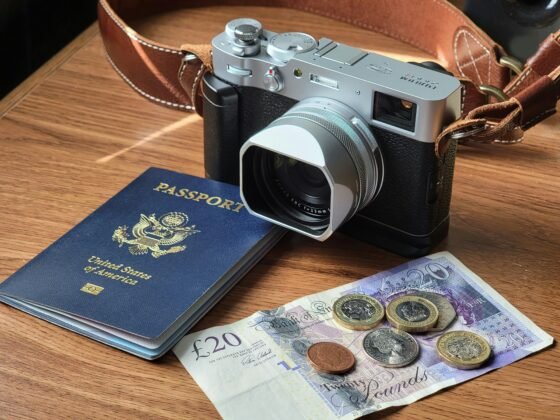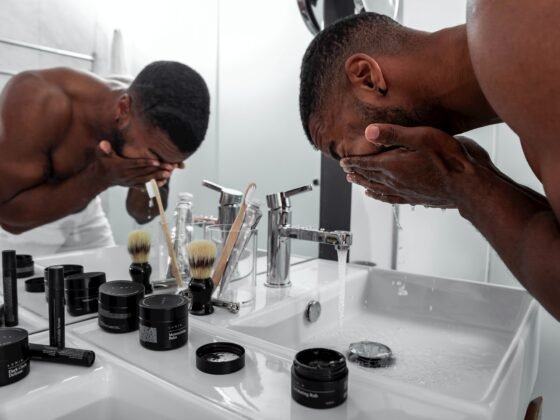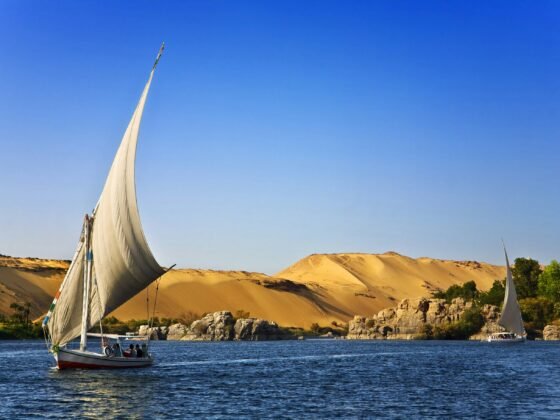Republic of Ireland Adventure Travel Guide: Ideas and Inspiration
PureTravel Says: "The Republic of Ireland has a rich geology and a diverse terrain helped by the warmth from the North Atlantic. There are ancient mountains, ocean and lush green landscapes with lakes and bogs. Explore the east from the granite Wicklow Hills to the west and Connemara the "many-coloured land." Ireland is steeped in mythological traditions from "Diarmuid and Gráinne's Bed" and is famous for its literature and writers and traditional music. Explore Ireland and its wealth of history and culture within the castles, monuments and museums. There are also incredible prehistoric tombs, stone circles and hill forts. Visit neoclassical buildings and Georgian areas in Dublin. Come to Ireland and soak up the craic, the true spirit of this magical country."
-----------------------------------------------------------
Holiday Highlights
History & Culture - The Republic of Ireland consists of 26 counties with a population of 4.2 million and has some fascinating historical and cultural sites. The modern and bustling capital city, Dublin is nestled in Dublin Bay and has the River Liffey running through it. Explore the architecture of Trinity College, the gold treasures at The National Museum and Irish art and the Yeats collection at The National Gallery. See also the historic Kilmainham Gaol and Croke Park stadium.
Close to Dublin are the modern counties of Wicklow, Kildare and Meath and whilst here visit the monastic site of Glendalough, learn about the major industry of horse racing at The National Stud in Kildare and see Castletown, a Palladian mansion. Historic Trim has the largest Anglo-Norman castle in Ireland, there are Neolithic remains at Loughcrew Cairns and visit the popular prehistoric Bru na Boinne which is inscribed on the UNESCO World Heritage list.
Louth, Monaghan and Cavan in the north has the historic town of Drogheda, relics at Monasterboice and stunning mountains at The Cooley Peninsula where you can see Carlingford Loughand the poet Patrick Kavanagh was born at Inniskeen.
The Midlands area of Westmeath, Longford, Offaly and Laois offers the magnificent Georgian lodge of Belvedere House, the Seven Wonders of The Fore Valley, Clonmacnois which looks over the River Shannon and Birr Castle.
Visit Kilkenny, Carlow and Wexford and see medieval Kilkenny City, the ruins of Jerpoint Abbey, medieval Wexford town and the seaside village of Duncannon.
Explore Tipperary and Waterford and see the medieval religious site The Rock of Cashel, the Anglo-Norman Cahir Castle, Waterford Treasures from Viking times, the town of Dungarvan and the pretty village of Ardmore.
Cork, the largest county has the mansion of Fota House, Kinsale harbour and forts, art at Bantry House and take a trip to Garinish Island.
Kerry has an abundance of beautiful landscapes and culture in The Puck Fair, a Bacchanalian festival that is held in August, the remote Skelligs islands, Caherdaniel village, The Blaskets Islands and architecture at Gallarus Oratory.
Discover Limerick and Clare with stunning art and antiques at the Hunt Museum, Neolithic remains at Lough Gur, Quin Abbey, lively music at Ennis, Scattery Island in the Shannin estuary, The Cliffs of Moher with Iron Age remains at The Burren.
Visit vibrant Galway and Mayo with its islands Arans and forts of Dun Aengus, Inishmore and the National Museum of Country Life at Castlebar.
Sligo, Leitrim and Roscommon offer the neoclassical mansion of Lissadell House, remains of a Bronze Age Village at Carrowkeel Cemetery, Cavan and Leitrim Railway, minis experience at Arigna and Strokestown Park House, a plantation mansion.
Finally, Donegal has rich scenery and sites to visit including modern art at Glebe House, the restored fort with amazing views at The Grianan Ailigh and unspoiled landscape at Malin Head and Tory Island.
Adventures & Activities - Ireland has a landmass of 84,000km2 and a coastline of 3,152km. This promises a country full of land and water based sports to satisfy everybody that is seeking an abundance of adventure and activity whilst here. There are opportunities to try archery, bowling, horse rising, clay pigeon shooting and go karting. Try hand gliding, helicopter trips, motor sports, parachuting and paragliding.
Water Sports - There is a huge choice of water sports whilst in the Republic of Ireland such as boat trips, rowing and power boating. Those seeking excitement will not be disappointed with canoeing, deep sea diving, sail boarding, wind surfing, scuba diving, surfing, water skiing and yachting all on offer. Brandon Bay, Easkey and Portrush are great areas for water sports including surfing.
Hurling & Gaelic Football - Ireland has two indigenous sports; hurling and Gaelic football, both of which are popular here. If you can’t get to see the sports in action then a trip to Croke Park GAA Museum in Dublin will give you a chance to investigate these sports further.
Walking & Hiking - Whilst here you can go mountaineering, caving, potholing and rock climbing. There are also great trails to walk, hike and trek such as The Sheep’s Head Way, the shortest and easiest walking route in southwestern Ireland that goes round a wild desolate peninsula. Try beautiful Killarney National Park which is popular with its mountains and lakes. The Kerry Way is a 213km route through the Iveragh Peninsula. Walk the Slieve League in Donegal along tops of mountain and cliffs. Walk in the Wicklow Mountains through wild terrain and yet close to Dublin. Walk through ornamental gardens and see Ireland’s highest waterfalls at Powerscourt. A walk in Connemara will take you through mountains, bogs and lakes. Croagh Patrick is a rough climb and you will see historical and religious relics.
Boating, Birdwatching & Fishing - The Lakes of Cavan linked by waterways are popular with anglers and for boating. There are boat trips from Athlone and you can cruise around the islands of Lough Ree in the north and the approach to Clonmacnois in the south. In Cork explore Lough Hyne, a marine lake and Clear Island with its walking routes whilst bird watching.
-----------------------------------------------------------
When To Go
Generally May and June see the most sun and July and August are the warmest. Ireland can be wet and/or windy, especially along the Atlantic (west) coast and it rains on 150 days a year on average on east and southeast coasts and up to 225 days a year on average in part of the west and southwest. April is the driest month and December and January are the wettest. Summer can see temperatures of around 20C (68F) and the winter see average temperatures of 2C (36F).
-----------------------------------------------------------
Top Tips
- Check the latest travel advice prior to travel.
- Check the entry and visa requirements prior to travel.
- Respect the culture, history and traditions of the country.
-----------------------------------------------------------
Classic Itineraries
- Explore the capital Dublin with its Georgian architecture and modern landmark of The Spike which is 120 meters high.
- Try a famous pint of Guinness in the numerous pubs and bars throughout the Republic of Ireland, and in its home city of Dublin which has over 700 bars.
- See the Jack B Yeats collection in the National Gallery in Dublin.
- Experience the traditional music and dance in the bars across the country.
- Go walking and hiking on numerous trails through the mountains, green landscapes and cliffs.
- Go to a horse racing festival and soak up the atmosphere.
- Visit during one the country’s numerous festivals the most famous being March 17, St Patrick's Day.
- Explore The Barren in County Clare with its limestone terraces and megalithic remains.
- Visit Chester Beatty Library in Dublin with manuscripts and artwork from around the world.
-----------------------------------------------------------
UNESCO World Heritage Sites
- Brú na Bóinne - Archaeological Ensemble of the Bend of the Boyne
- Sceilg Mhichil
-----------------------------------------------------------
Festivals, Events and Anniversaries in 2014
Polar explorer extraordinaire Sir Ernest Shackleton was born on 15 February in 1874 in Kilkea in the Republic of Ireland. He is best known for his heroic exploits in exploring the mighty Antarctic and in particular, the famous Endurance expedition from 1914 to 1916. 2014 is also the centenary of that Imperial Trans-Antarctic Expedition a little later in the year.
-----------------------------------------------------------
Travel Resources
By Julie Bowman










